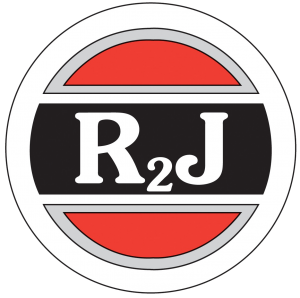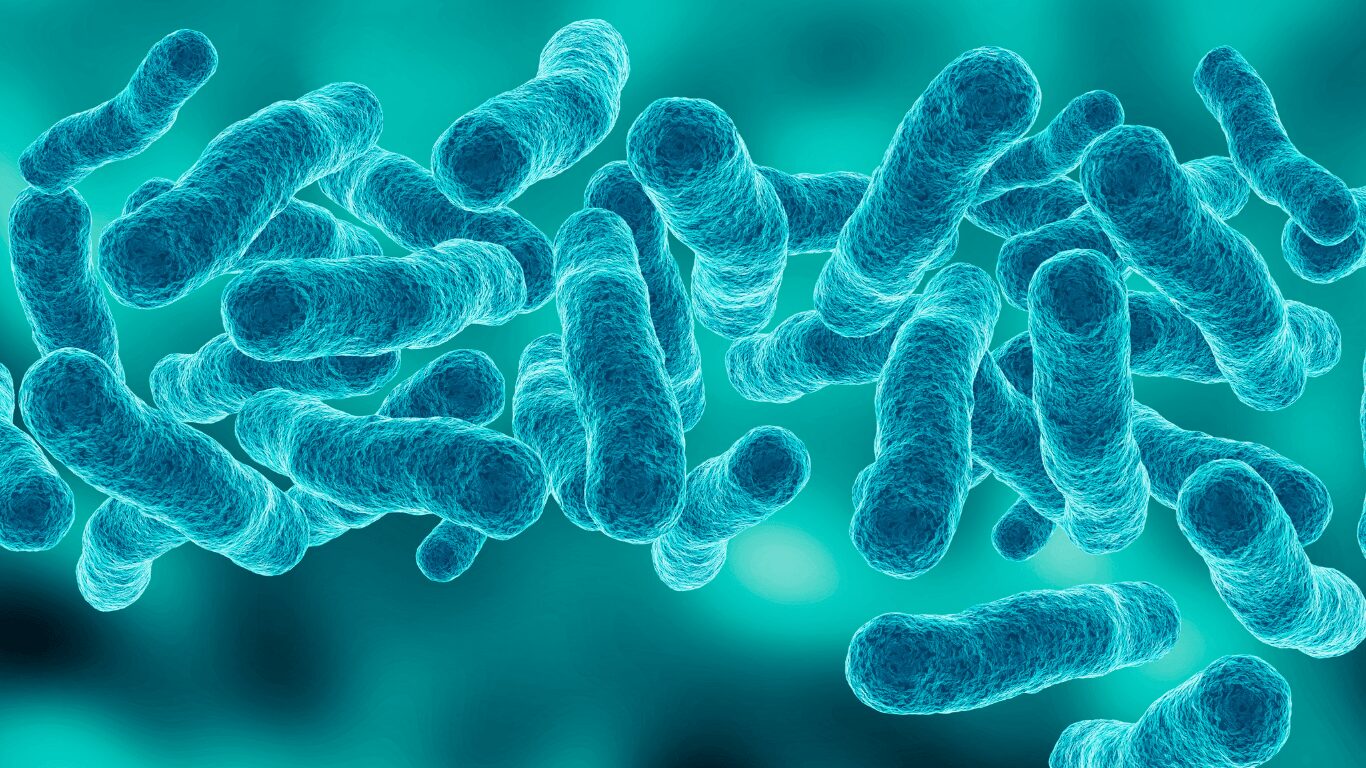How to Treat Legionella in Water: Strategies for Facilities
Oct 03, 2025Legionella bacteria represent one of the most serious threats to modern building water systems. Left unchecked, these microorganisms multiply in poorly maintained pipes, tanks, or cooling towers, leading to Legionnaires’ disease, a severe pneumonia, or Pontiac fever, a flu-like illness. Outbreaks are costly, not only in terms of health but also in compliance, downtime, and liability. That’s why controlling Legionella should be part of every facility’s core maintenance strategy.
If you’re wondering how to treat Legionella in water, the answer lies beyond adding disinfectants or scheduling occasional cleanings. True prevention depends on a structured, proactive program known as a Water Management Plan (WMP). A well-designed plan identifies risks, outlines Legionella control measures, and sets clear procedures for operation and maintenance activities. With the right approach, building owners can minimize Legionella growth while keeping their entire water system safe, reliable, and efficient year-round.
Why Legionella Risk Matters in Building Water Systems
Legionella risk is not an abstract concern. It’s a daily operational issue that directly affects both safety and system reliability. These bacteria thrive where water is stagnant, warm, or poorly circulated. When aerosolized, for instance, from a showerhead, cooling tower drift, or decorative fountain, Legionella can spread quickly through air and lead to serious health outcomes.
Certain environments are particularly vulnerable. Potable water systems, cooling towers, decorative fountains, and hot tubs all release fine droplets into the air, creating potential transmission pathways. In healthcare facilities and long-term care institutions, where patients rely on water-connected medical equipment, the consequences of contamination are even more severe.
Teams should remember that modern infrastructure adds complexity. Large buildings have multiple, interconnected systems: hot and cold water, storage tanks, water heaters, mixing valves, even industrial processes that reuse or circulate water for cooling. Without a structured prevention plan, small lapses can lead to stagnant water, biofilm buildup, or costly remediation efforts. Recognizing the significance of Legionella exposure is the first step toward a well-managed facility.
For a deeper discussion on proactive control, see our guide on Legionella Prevention.
Conditions That Promote Legionella Growth
Understanding what allows Legionella bacteria to multiply helps operators design smarter, more resilient systems. These microorganisms can exist quietly in low numbers but become dangerous when environmental conditions align.
1. Water Temperature
Legionella thrives in warm water, typically between 77°F and 113°F (25°C–45°C). Below that, growth slows. Above 60°C (140°F), bacteria die off. This means temperature control is your first line of defense.
Facilities should ensure hot water tanks store water at a minimum of 60°C, and circulating hot water temperatures reach at least 50°C at outlets. On the other hand, cold water should remain below 20°C to suppress bacterial growth. Regular monitoring of circulating hot water temperatures prevents the formation of “warm water zones” that bacteria love.
2. Stagnant or Poorly Circulated Water
Stagnation creates “dead legs”, or the sections of piping with little or no flow. These spots allow bacteria to form biofilms and multiply undisturbed. Even cold water systems can support growth if temperatures rise above safe limits or if circulation is inconsistent.
Teams should routinely flush unused outlets, remove redundant pipework, and maintain good water flow throughout the system. These steps also help control disinfection byproducts, which can accumulate when flow is uneven.
3. Water Quality Parameters
The balance of your water chemistry directly impacts Legionella control. Low disinfectant residuals, high organic matter, or scaling all contribute to bacterial colonization. This is why consistent water treatment, similar to boiler maintenance practices, is essential.
Routine testing for chlorine residual, pH, and turbidity allows operators to adjust their programs early. Balanced chemistry keeps water stable and prevents both corrosion and microbial growth. (For a deeper look into assessing risks and parameters, see our Legionella Risk Assessment.)
4. System Complexity and Components
Every system component matters. Storage tanks, thermostatic mixing valves, and water heaters all affect water temperature and flow. Decorative fountains or humidifiers can also release aerosols that carry bacteria. Understanding how these components interact helps identify areas of concern.
For example, a poorly insulated hot water tank or a malfunctioning mixing valve can lower water temperatures just enough to support bacterial growth. Regular inspection and calibration of these components are crucial.
Together, these factors reinforce one thing: Legionella control measures must be ongoing, coordinated, and data-driven. Monitoring temperature, maintaining flow, and promptly addressing vulnerabilities are the foundation of prevention.
Legionella Control Measures for Different Water Systems
No two facilities are the same, and neither are their water systems. Each requires tailored strategies for control.
Cooling Towers
Cooling towers are well-known for amplifying Legionella bacteria. They release fine droplets into the air as part of the cooling process, making them a direct public health concern if not properly managed.
To minimize Legionella growth, operators should:
- Clean and inspect towers regularly
- Use high-efficiency drift eliminators to reduce aerosol spread
- Maintain adequate disinfectant residuals and circulating water conditions
- Follow the standards set by the Cooling Technology Institute
Proper operation also includes monitoring heat load, ensuring drift eliminators are intact, and confirming that evaporative condensers are free from sludge or debris.
Hot and Cold Water Systems
Components like hot water tanks, storage tanks, and thermostatic mixing valves influence how bacteria multiply. Keep hot water storage at 60°C and circulating hot water at 50°C or above, while still protecting users from hot water burns.
Cold water should stay below 20°C. To achieve this, insulate pipework, reduce dead legs, and maintain consistent water flow. Even something as simple as a stagnant storage tank can undo weeks of careful monitoring.
Potable Water Systems and Drinking Fountains
Potable systems require special care. Whether it’s drinking fountains, household water systems, or decorative fountains, maintaining water quality parameters and disinfectant residuals is critical.
Routine flushing, cleaning, and testing prevent contamination. Facilities should also consider point of use filters in high-risk environments like hospitals, where sterile water is essential.
Healthcare and Industrial Facilities
Healthcare settings and industrial processes present unique challenges. Hospitals rely on sterile, properly maintained potable water systems, while industrial operations may reuse circulating water for heat rejection or production.
In both cases, documentation of operation and maintenance activities is key. Regular audits, sensor data review, and scheduled maintenance keep risks manageable. Using point of use and water filters, monitoring disinfectant levels, and ensuring properly maintained water heaters all form part of a strong prevention framework.
To see how professional cleanup and control fit into the broader program, explore our article on Legionella Remediation.
Creating a Complete Legionella Prevention Program
An effective water management program isn’t a one-time effort; it’s a continuous process. Consistency is what keeps systems safe.
A strong program includes:
- Regular testing to confirm both cold and hot water temperatures remain in safe ranges
- Correct installation and use of thermostatic mixing valves to prevent hot water burns while still killing bacteria
- Routine flushing, cleaning, and monitoring of storage tanks and water heaters
- Documenting all results and maintenance actions for compliance and audit purposes
Teams that follow these practices not only reduce bacterial growth but also extend the lifespan of their water system components. They prevent scale, corrosion, and downtime, the same disciplined approach applied in boiler maintenance and water treatment operations.
Remember: the goal isn’t just to kill Legionella bacteria, but to build a culture of prevention. That means training staff, scheduling routine reviews, and investing in monitoring technology that gives early warnings before issues escalate.
Not sure where to start with your Legionella prevention plan? Let’s talk. Our experts can walk you through what works, what doesn’t, and how to keep your water system safe and reliable long term.
Frequently Asked Questions (FAQ)
What temperature kills Legionella bacteria?
Legionella grows between 20°C and 45°C. To kill it, store hot water at 60°C and maintain circulating hot water temperatures at 50°C or higher. Use thermostatic mixing valves to prevent hot water burns while maintaining safety.
Can Legionella grow in cold water systems?
Yes. If temperatures rise above 20°C or if water becomes stagnant, bacteria can multiply. Keep cold water below 20°C and maintain steady flow to prevent stagnant water conditions.
Are potable water systems at risk?
Yes. Even household water systems can harbor Legionella if not properly maintained. Ensuring steady water flow, maintaining disinfectant residuals, and routine cleaning are critical control measures.
What about decorative or medical equipment water sources?
Decorative fountains, hot tubs, and medical devices that generate aerosols can spread Legionella. Include these systems in your water management plan and inspect them regularly.
What chemicals are used to control Legionella?
Common options include chlorine-based disinfectants, chlorine dioxide, and sodium hypochlorite. Each has different effects and costs. The right choice depends on system design, water quality, and specific site conditions.
Can water filters reduce Legionella risk?
Yes. Point of use filters can significantly reduce exposure, especially in healthcare settings where sterile water is essential. However, they must be used with proper maintenance, monitoring, and documentation.


